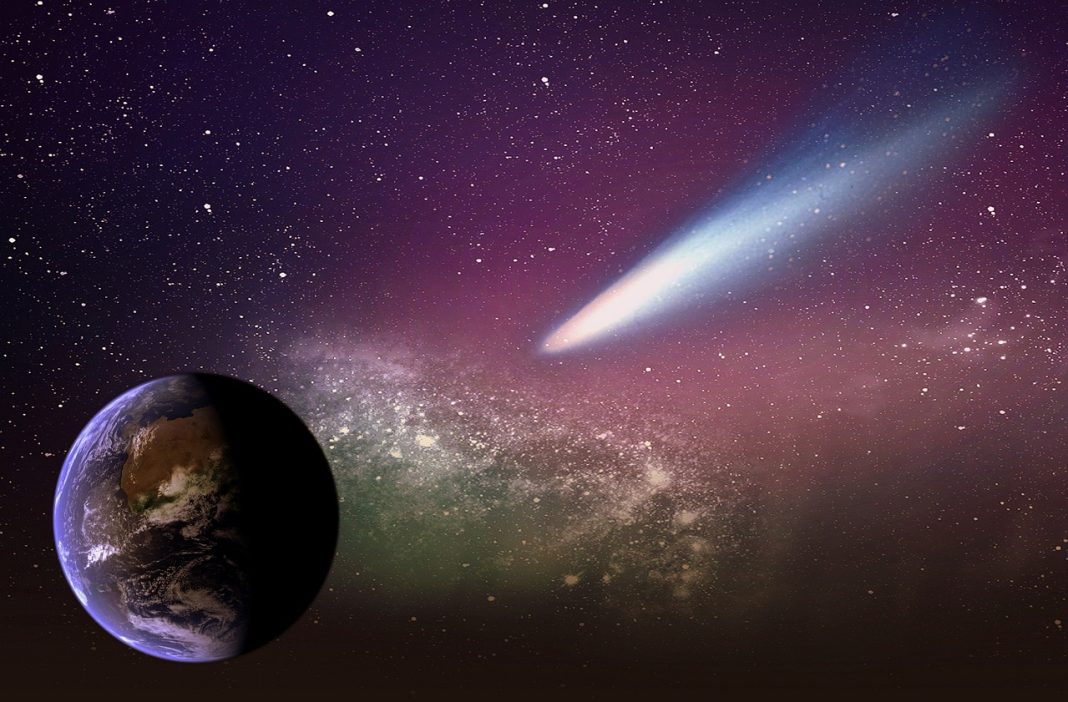Astronomers worldwide are closely tracking 99942 Apophis, a 1,115-foot-wide near‑Earth asteroid, after noting that its 2029 flyby—set for April 13—will come closer than some geostationary satellites, prompting a surge in scientific interest and global observation initiatives.
Early radar data from March 2021 have definitively ruled out any chance of Apophis impacting Earth for at least the next century. The closest it will come in 2029 is approximately 20,000 miles (32,000 km) from Earth’s surface—just below the orbit of many communications satellites. Experts emphasize that while this is a rare and unusual pass, it poses no immediate hazard.
Apophis measures about 450 m (1,480 ft) along its longest axis and 340 m (1,115 ft) on average—about the height of the Empire State Building. Its unique size and proximity in 2029 provide a never-before-seen opportunity for scientists to study asteroid structure, rotation, and surface composition.
NASA and the European Space Agency (ESA) are preparing missions to examine the asteroid during and after the flyby. NASA’s OSIRIS-APEX, redeploying the OSIRIS-REx spacecraft, is scheduled to arrive near Apophis in 2029. ESA plans to launch RAMSES, a probe designed for close study of the asteroid during the same window.
During the flyby, tidal forces from Earth are expected to influence Apophis—altering its orbital path, spin rate, and possibly creating surface shifts. Scientists believe these observations will yield critical insights into the internal structure of asteroids, enhancing planetary defense strategies.




